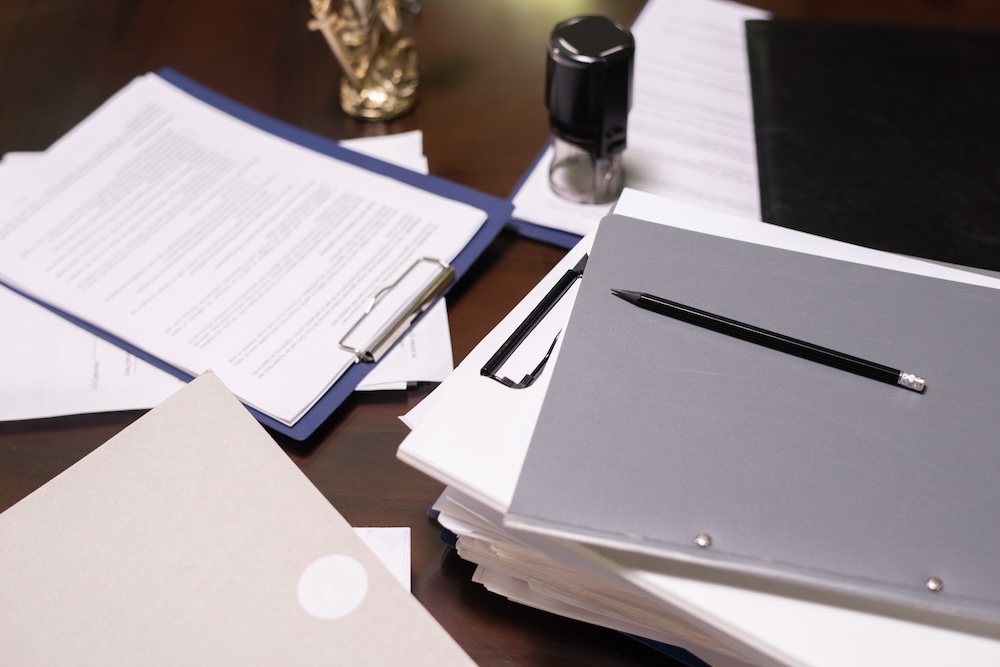
When a close relative passes away in Sweden, you’re required to complete an estate inventory. This is a legal document that outlines the deceased person’s assets and debts, and who the heirs are. The estate inventory must be submitted to the Swedish Tax Agency within four months of the death, which can be stressful during a time of grief. That’s why it’s good to consider early on whether you want to handle the estate inventory yourself or get help with the estate inventory.
What does an estate inventory include?
An estate inventory contains:
- Information about the deceased
- Details about the surviving partner and heirs
- A list of all assets and debts
- Any will, prenuptial agreement, or cohabitation agreement
- Information about the person representing the estate
The estate inventory serves as proof of who’s authorized to represent the estate. You’ll need it to close bank accounts, sell property, or cancel subscriptions, for example.
Doing the estate inventory yourself
It’s entirely possible to prepare the estate inventory yourself instead of hiring a lawyer—especially if the estate is simple and there are no disputes between heirs. If this applies to your situation, we recommend using our contract service, where you’ll receive step-by-step guidance to ensure the estate inventory is accurate and complete. Before you begin, it’s important to know that:
- You’ll need to gather details about all assets and debts.
- You have to check which documents are required for the inventory (such as a will or previous estate records).
- Two executive officials and the person providing the estate details have to sign the document.
- You have to submit the inventory to the Swedish Tax Agency within four months.
Doing the estate inventory yourself can be more affordable, but it requires time and attention to detail. Any mistakes can delay the process or lead to the inventory being rejected.
Getting help with estate inventory
If the estate is complex, there are disagreements among heirs, or if you simply don’t have the time or energy to understand all the rules, it may be wise to consult a lawyer. A lawyer can:
- Collect and appraise assets
- Make sure all legal documents are in order
- Make sure the estate inventory meets all legal requirements
- Help you avoid mistakes that could cause problems later on
Keep in mind – whether you get help with estate inventory or not
Whether you choose to do the estate inventory yourself or get assistance, it’s important to start early. Gather all documents, contact banks and authorities, and check what applies in your specific case. A complete and accurate estate inventory makes the process easier for everyone involved and helps you move forward with inheritance and other practical matters.
Do you need legal help?
We have several lawyers who can help you with this. Book an appointment if you have questions and need counseling, or email us to hire one of the lawyers. We recommend: Marie-Louise Silfwerax
